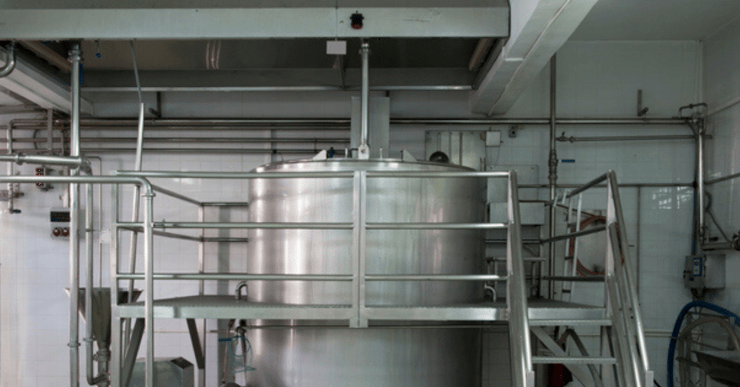When it comes to getting the most out of your centrifuge, a great place to start is by taking an honest look at your separation process. Centrifugal separation is complex, to say the least. Every process differs based on countless variables all working together. Still, when you break things down to their simplest forms, you’ll find that separation processes as a whole all depends on similar variables.
In this blog, I’m going to detail the different types of information you’ll need to assess your separation process. In our Process Application Form, you can answer a series of questions about your separation process and get a head start on troubleshooting and optimizing your material separation process. Below, I’ve broken down the different data inputs the form requires.
The Feed
The feed is the product that’s going into the centrifuge separation process. It could be milk, oil, syrup, or some other product. What’s important here isn’t what the product is, per se, but more about its viscosity, temperature, and pH value. It’s also important to know whether the material is toxic, corrosive, erosive, able to foam, or known to naturally separate over time.
Finally, you’ll want to determine the specific gravity of your feed product. You can do this by measuring out 100 milliliters of the liquid and weighing it.
The Volume Split
The volume split is something to take into consideration if your feed product is one that naturally separates over time. So, if you allow your material to separate naturally, what is the percentage of:
- Light liquid
- Heavy liquid
- Bottom solids
All three percentages should add up to 100%. If your feed product does not separate naturally, you can skip this step.
The Separated Product
Next, we’ll take a look at the separated product. These components look at your product after centrifuge liquid/solid separation has occurred. At this time, you should have three separate products: light liquid, heavy liquid, and bottom solids.
Light Liquid and Heavy Liquid
Light liquid is the liquid left floating on top after the separation process has concluded. The Heavy liquid is the liquid left underneath the light liquid. For both the light and heavy liquid, you’ll need to assess them just like you did with the feed product. This means assessing each liquid’s viscosity, temperature, pH value, specific gravity, and whether the liquid is toxic, corrosive, etc.
Bottom Solids
Bottom solids, which are also known as desludge solids or sedimented solids, are the final component of a separated product. In addition to the specific gravity and pH value of the bottom solids, it’s also helpful to think about how you’d describe the bottom solid. Is it slimy? Abrasive? Irregular? Free draining?
The Operating Conditions
Beyond the products within the separation process, it’s important to also look at the current operating conditions. Some key indicators of your current operation conditions include:
- The boiling point of the feed product
- The minimum desired processing temperature
- The desired processing temperature
- The maximum desired processing temperature
The Desired Results
Finally, you’ll want to describe the desired results of your separation process. First, note which product(s) of the separation process are valuable. Then, identify how exact your separation process needs to be. I.e. what is the maximum percentage of liquids wanted or allowable in the solids, what is the maximum percentage of solids allowable in the liquids, and what is the maximum amount of light liquid allowable in the heavy liquid?
And the final question is about capacity. What is the desired capacity of your process? Do you have an ideal gpm (gallons per minute) value you’re looking to hit?
Separation Process Engineering
When it comes to engineering your separation process, the first thing you need to do is take a hard, honest look at your current separation process. More often than not, problems with capacity, efficiency, and production quality can be quickly resolved through process analysis. But what will you do with all this information? You can start by completing a Process Application Form. The form has areas for you to fill in all the information outlined above, and it will provide our centrifuge experts with the information they need to help optimize your material separation process. Get started now:

